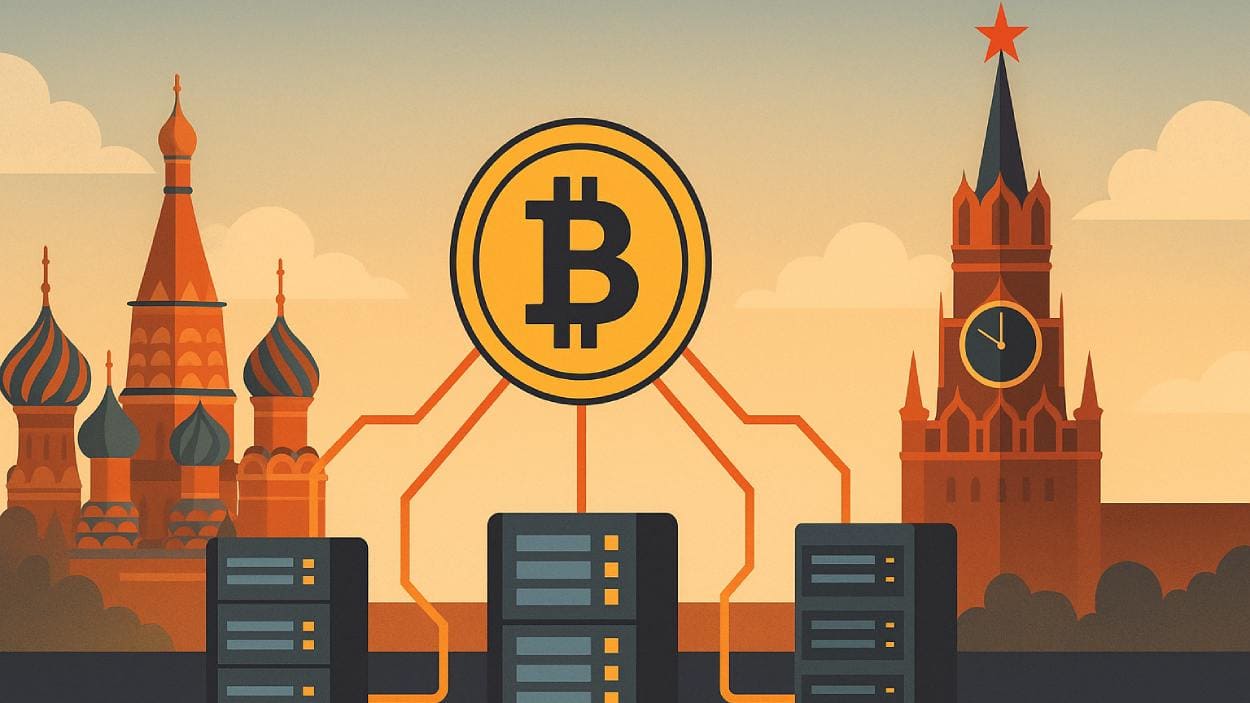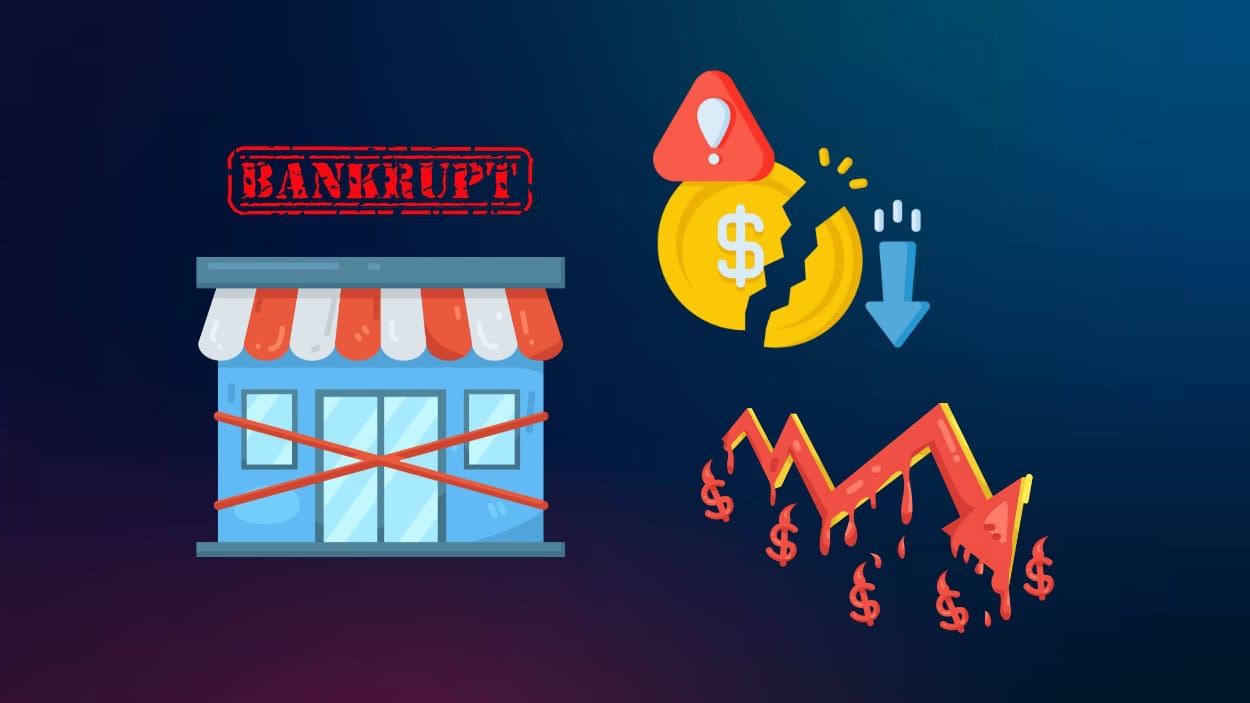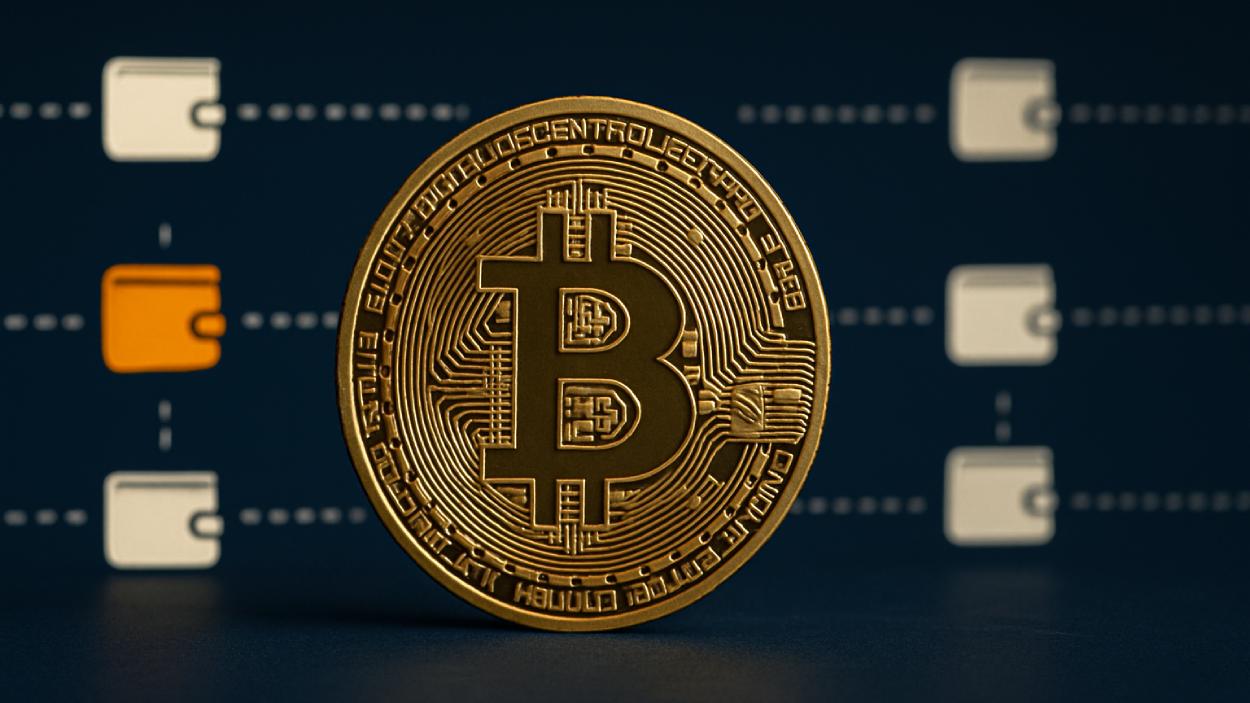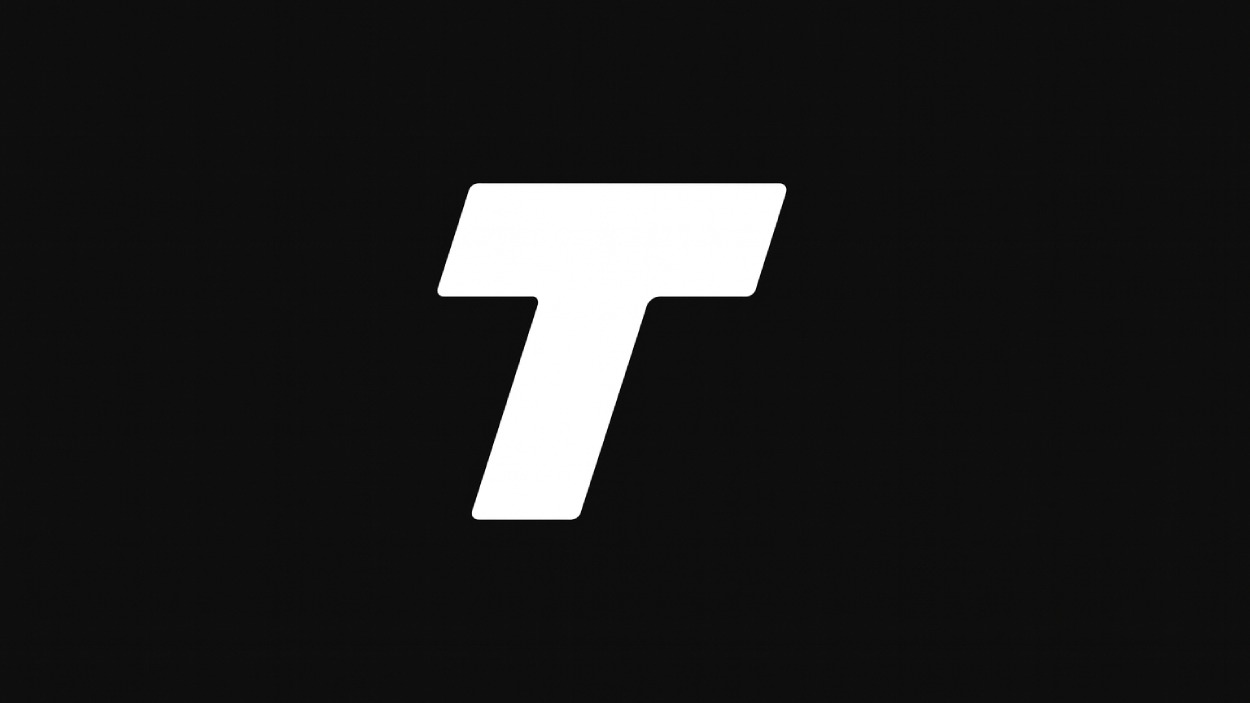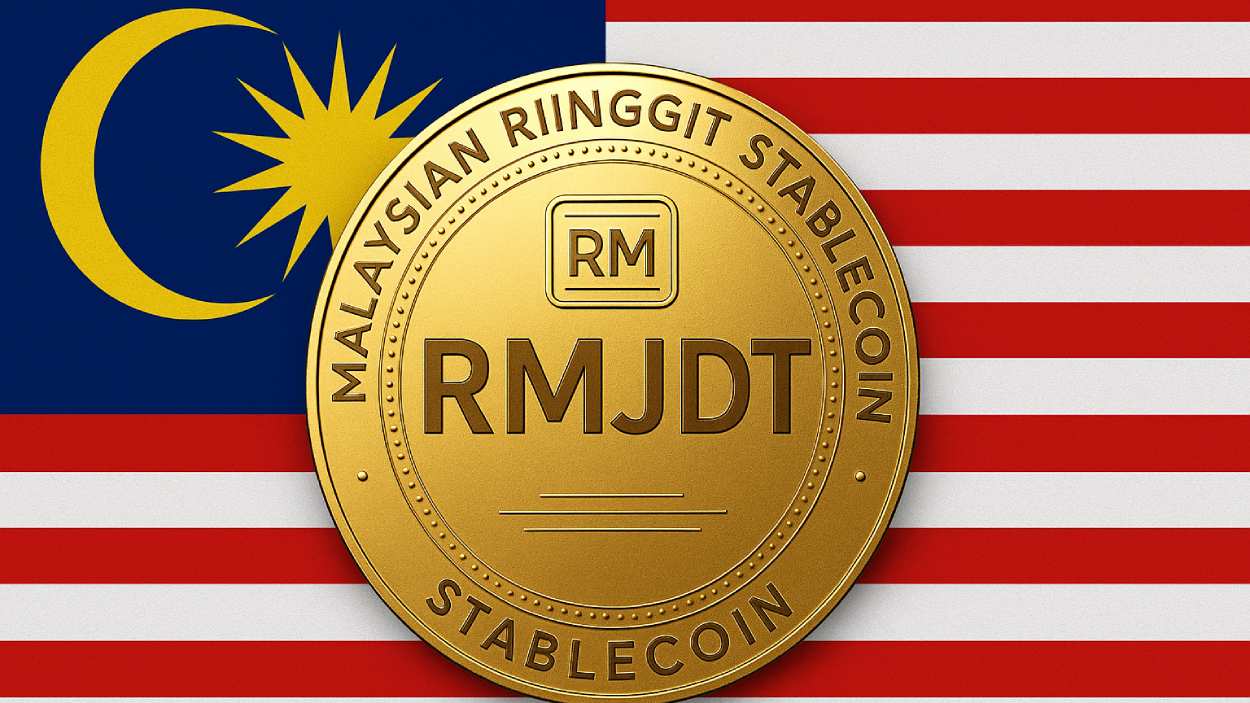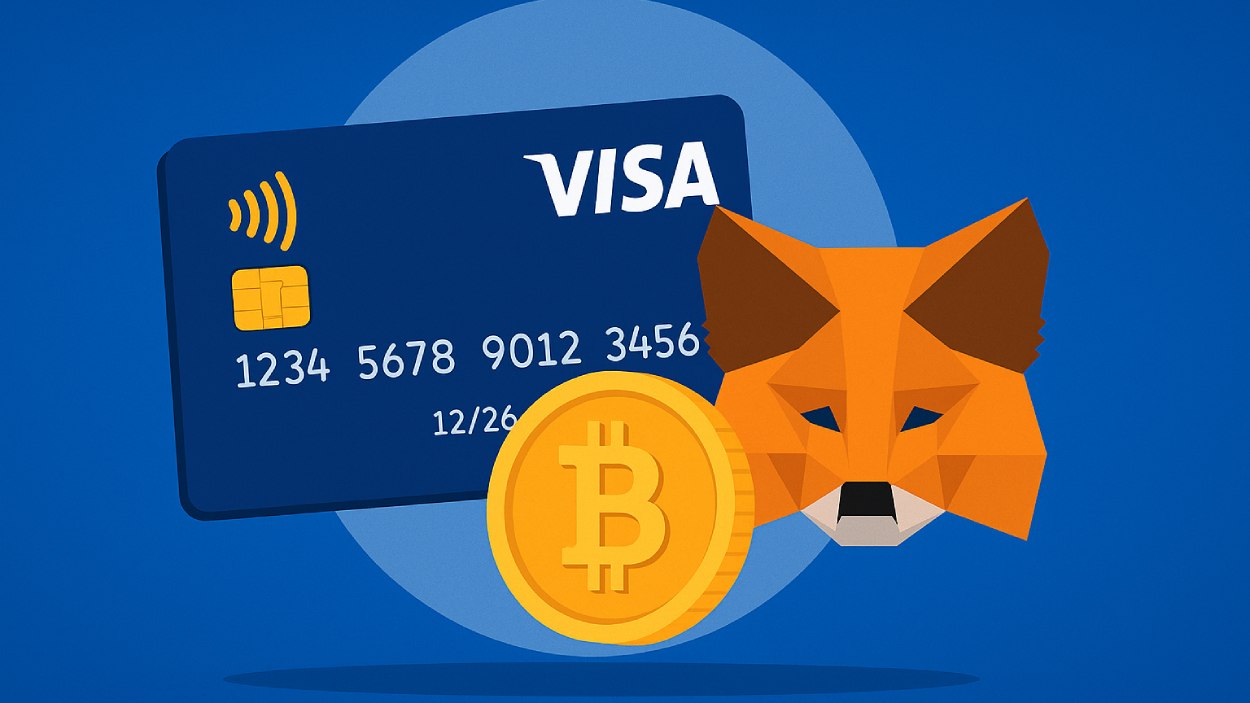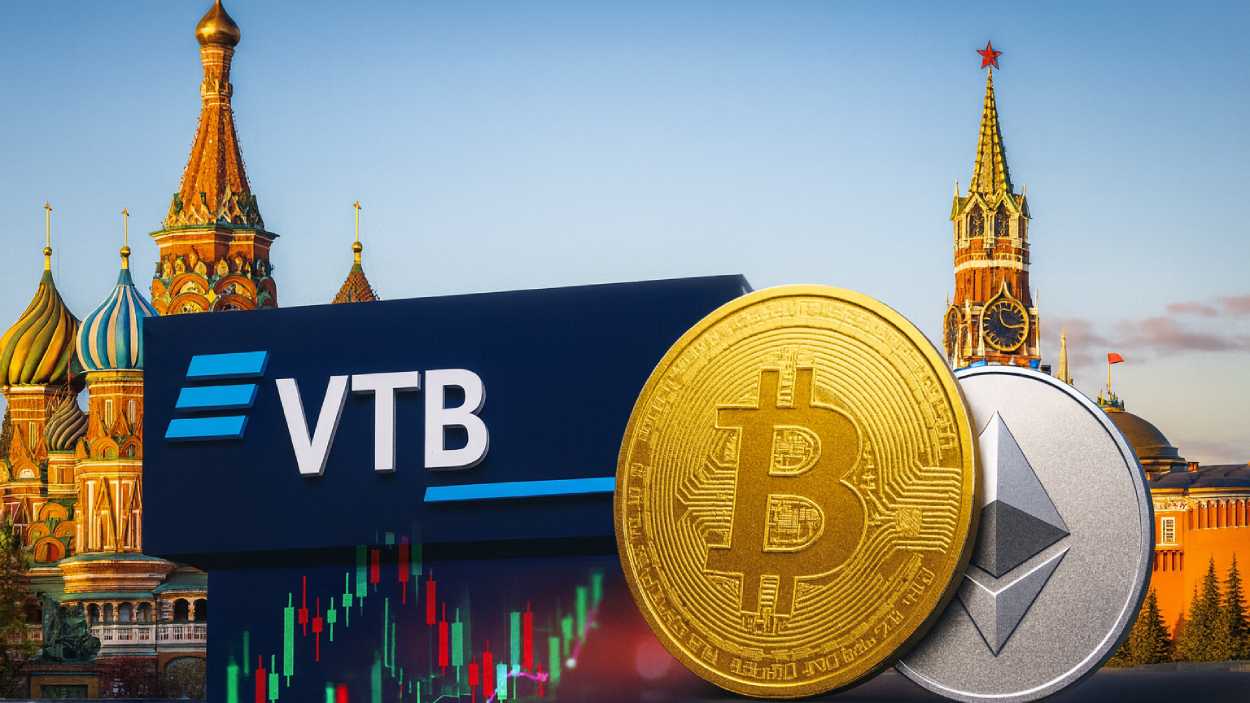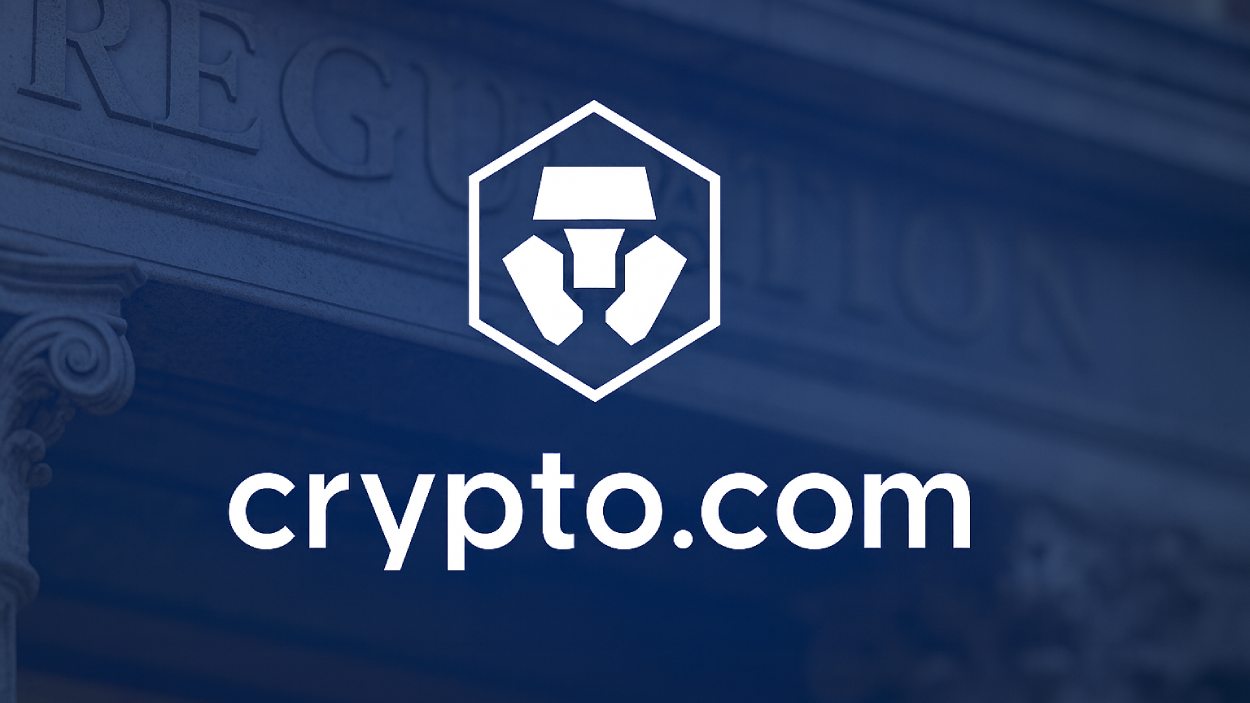Russia is rapidly building a national crypto infrastructure as regulators and industry leaders push to support a growing digital asset market.
Key Takeaways
- Russia is developing a domestic crypto infrastructure to support mining and broader cryptocurrency activities.
- Deputy Finance Minister Ivan Chebeskov confirmed that development is underway, in coordination with the Central Bank of Russia.
- The Central Bank introduced an experimental legal regime (ELR) to allow limited access to crypto trading and cross-border settlements.
- High-net-worth investors are currently the main beneficiaries, with broader public access still restricted.
What Happened?
Russia is moving ahead with plans to create its own crypto infrastructure to meet increasing market demand. Deputy Finance Minister Ivan Chebeskov revealed that development is already in progress and being coordinated with the Central Bank of Russia (CBR). The goal is to support not just regulated mining, but a full range of crypto-related activities.
💥BREAKING:
— Crypto Rover (@rovercrc) October 3, 2025
RUSSIA’S CENTRAL BANK TO STUDY #BITCOIN AS A “HEDGE” AGAINST FIAT DEBASEMENT! pic.twitter.com/TMRrOjQnCM
Russia’s Push for Domestic Crypto Infrastructure
At the “Digital Finance: New Economic Reality” forum in Moscow, Deputy Finance Minister Ivan Chebeskov emphasized the urgent need for homegrown infrastructure.
The Ministry of Finance (Minfin) is spearheading this effort in partnership with the Central Bank. While the government is already building infrastructure to support its experimental legal regime (ELR) for crypto transactions, industry insiders are urging faster implementation.
Chebeskov noted that organizations involved in crypto expect a “full-fledged infrastructure” that allows secure and regulated operations with digital assets.
The Role of the Central Bank and Legal Sandbox
Despite Minfin’s proactive stance, the Central Bank of Russia remains cautious. The CBR does not support the free circulation of decentralized cryptocurrencies like Bitcoin, but it has agreed to a controlled framework.
In March, the central bank proposed an experimental legal regime to allow selected companies and individuals to engage in crypto-based cross-border transactions. This legal sandbox enables:
- Russian exporters and importers to settle in crypto.
- High-net-worth individuals to buy, trade, or spend crypto assets under strict regulations.
- Access to crypto derivatives for investors with over 100 million rubles in securities or an income of 50 million rubles annually.
Notably, the Central Bank made it clear that crypto will not be recognized as legal tender outside the ELR.
Financial Giants Enter the Market
Some of Russia’s largest financial institutions have already stepped in. Participants now include:
- Sber, Russia’s biggest bank.
- Moscow Exchange, the country’s primary stock exchange.
- Finam, a leading brokerage firm.
These firms are launching financial products tied to the prices of major cryptocurrencies. The Finance Ministry also proposed loosening the strict investor qualification rules, potentially expanding the market to more participants.
Future Outlook and Investor Access
In a recent update, the Central Bank indicated it may allow investment funds to hold crypto assets by 2026, a move intended to give capital management firms a fair footing in the evolving landscape.
This is part of a broader shift to formalize crypto involvement at the institutional level, though retail access remains very limited. Currently, only wealthy investors meeting strict criteria are allowed to participate.
Meanwhile, the general public has few legal avenues to invest in crypto. Still, interest remains high. In June, estimates cited by Cryptopolitan suggested that Russian wallets hold more than $25 billion in cryptocurrency, underscoring the sector’s untapped potential.
CoinLaw’s Takeaway
I find Russia’s approach both ambitious and cautious. On one hand, the Finance Ministry is pushing forward to modernize the financial system and respond to market demand. On the other, the Central Bank is dragging its feet, worried about the risks of open crypto markets. In my experience, such regulatory tug-of-war often slows innovation. But what stands out is the undeniable interest: $25 billion in Russian-held crypto says a lot. If the infrastructure and access rules are properly balanced, Russia could turn its rigid crypto stance into a strategic advantage.

